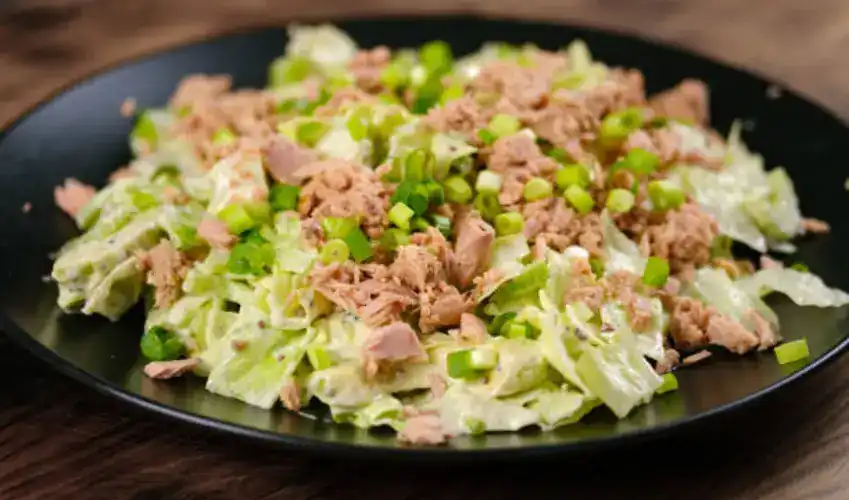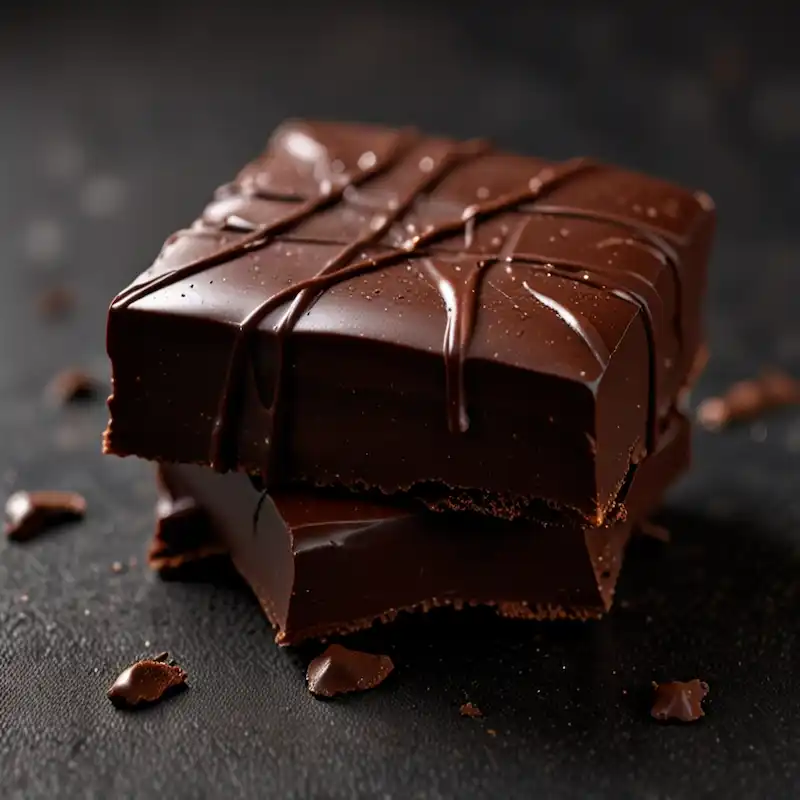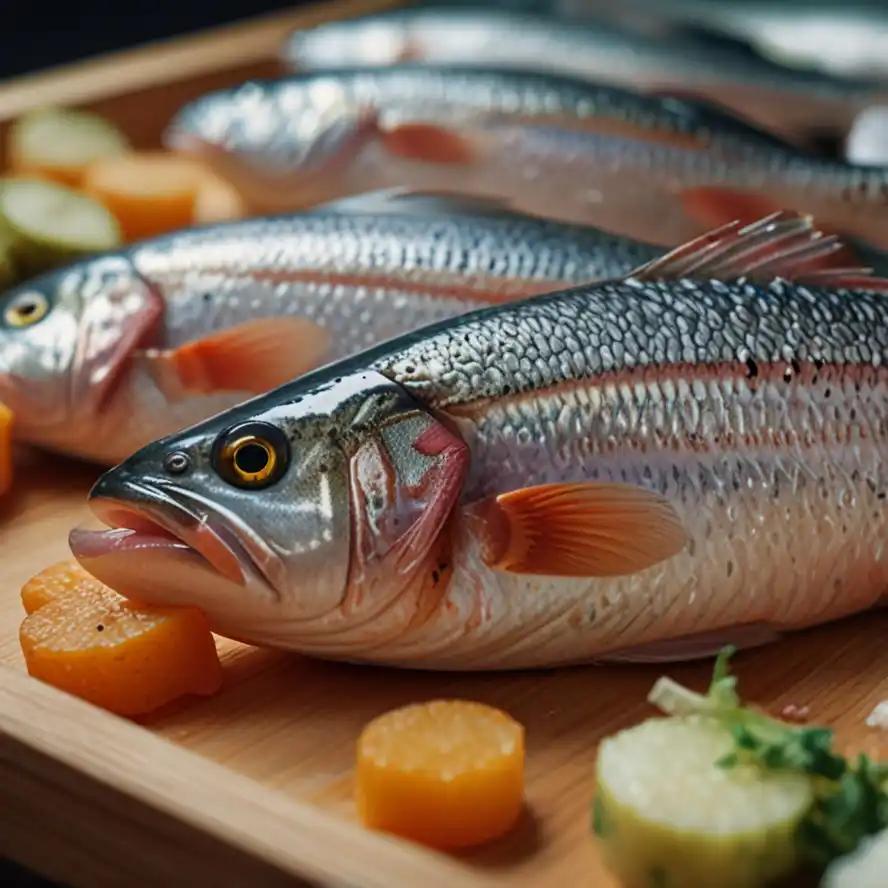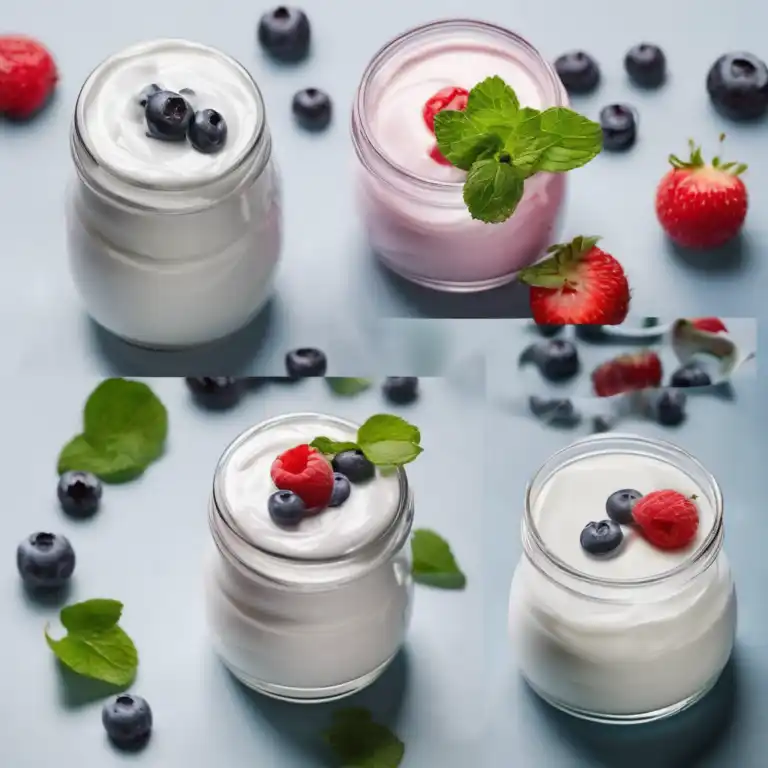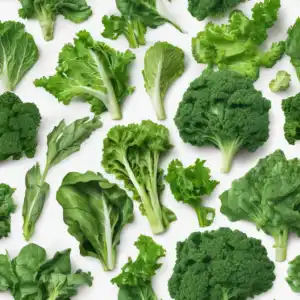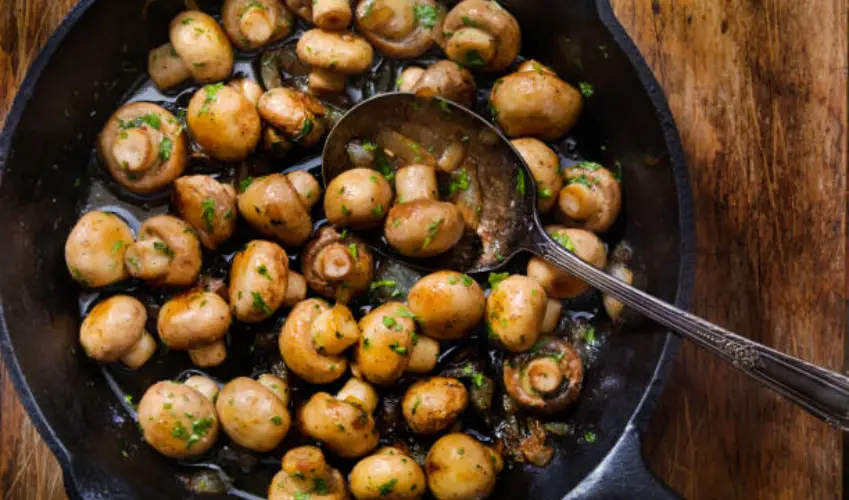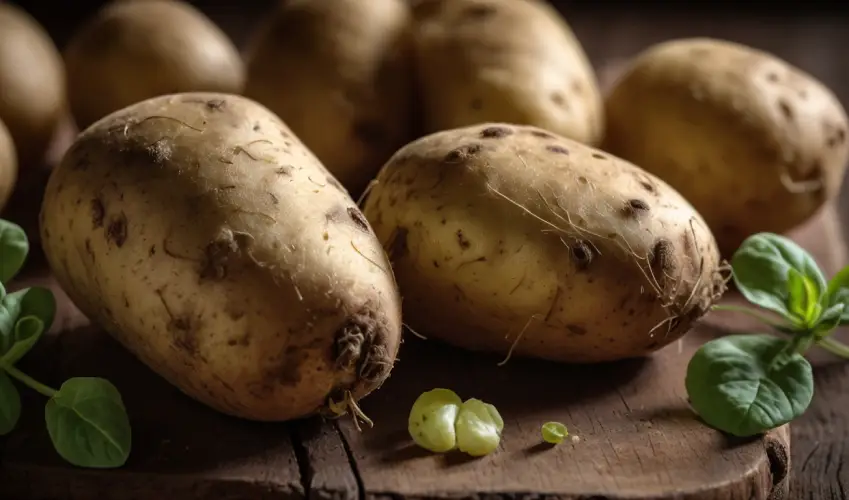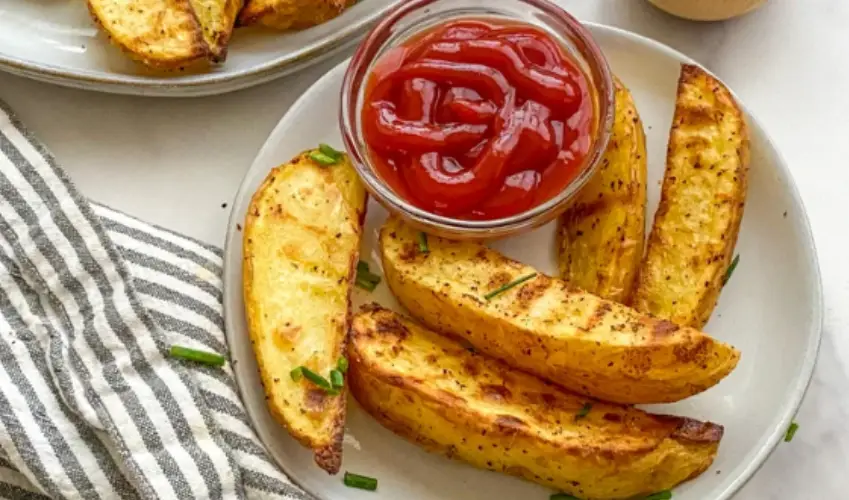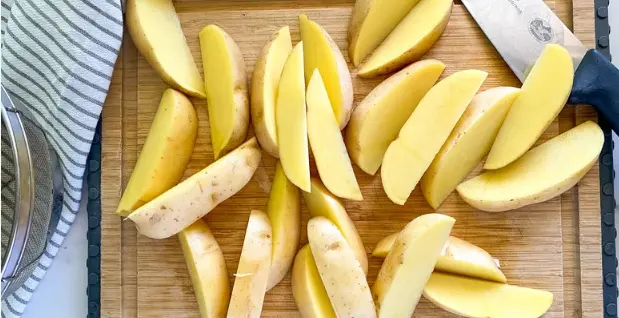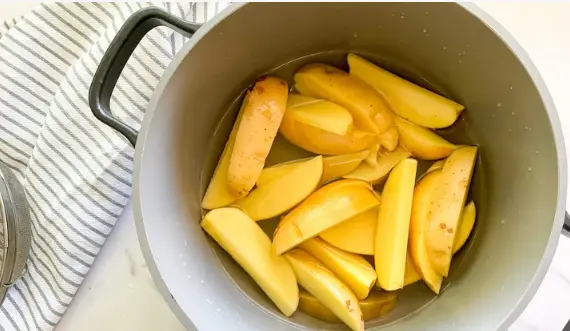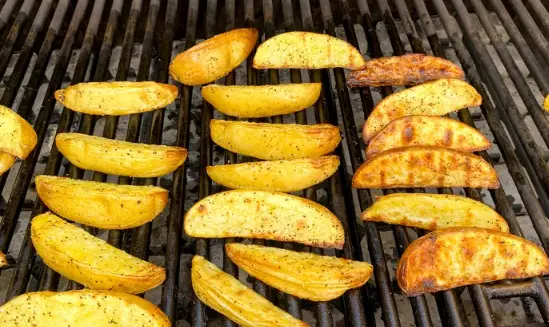Tuna salad is a quick and versatile dish that many of us turn to when we need a fast, satisfying meal. Whether you’re making it for a sandwich, a salad topping, or just enjoying it on its own, the beauty of tuna salad lies in its simplicity. With canned tuna as the star ingredient, it’s all about finding the right balance of flavors and textures to make it shine.
However, not all condiments are created equal when it comes to crafting the perfect tuna salad. While some additions can elevate the dish, others can turn it into a flavor disaster. To help you avoid any culinary missteps, we’ve put together a list of 11 store-bought condiments you should steer clear of when making tuna salad.
Of course, taste is subjective, so if you love some of these ingredients, feel free to use them. But if you’re aiming for a classic, well-balanced tuna salad, these are the condiments you might want to skip.
1. Dijon Mustard
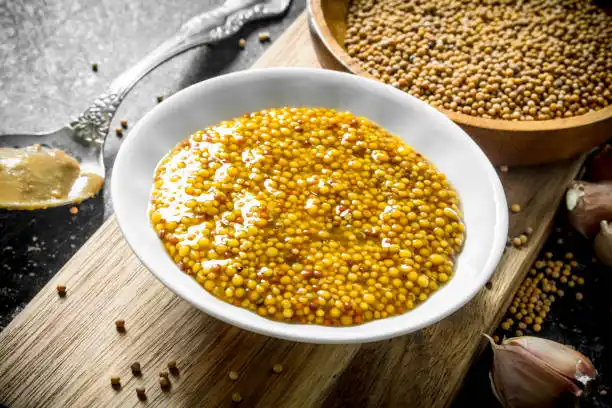
Dijon mustard is often praised for its rich, complex flavor, but that’s exactly why it doesn’t belong in tuna salad. While a touch of acidity is essential to balance the flavors in tuna salad, Dijon’s fruity and bold profile can overwhelm the dish. Instead, opt for a simpler yellow mustard or add a splash of lemon juice or vinegar for a cleaner, more complementary acidity.
2. Ketchup

Ketchup in tuna salad? Just no. While ketchup does provide some acidity, its sweetness can clash with the savory flavors of tuna and other ingredients like onions or celery. Even low-sugar versions of ketchup tend to have a sweetness that doesn’t pair well with fish. Save the ketchup for your fries and burgers, and keep it far away from your tuna salad.
3. Honey Mustard
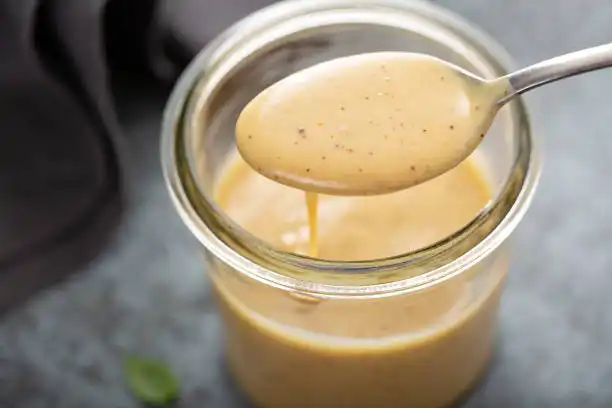
If Dijon mustard is a questionable choice, honey mustard is an outright no-go. Its sugary sweetness is completely out of place in tuna salad and can overpower other ingredients like raw onions or pickles. Tuna salad thrives on savory and tangy flavors, so leave the honey mustard for sandwiches or dipping sauces and stick with more traditional condiments here.
4. BBQ Sauce
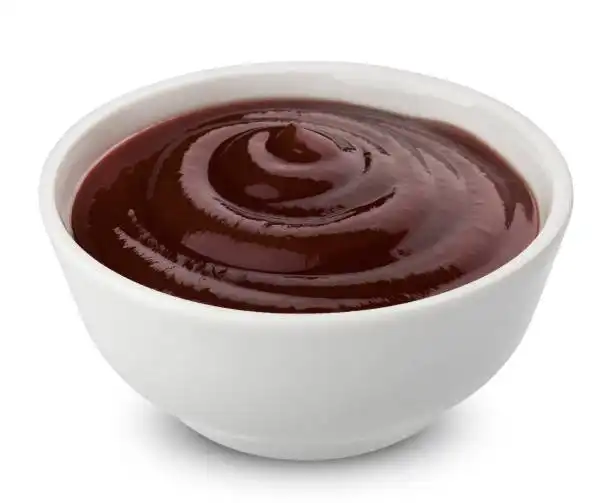
Barbecue sauce may be delicious on ribs or pulled pork, but it’s way too bold for tuna salad. Its smoky, tangy, and often sugary profile can easily overpower the delicate flavor of tuna. Even tangier barbecue sauces tend to clash with the other ingredients in tuna salad. If you’re tempted to experiment with BBQ sauce, save it for a different dish—your tuna salad will thank you.
5. Low-Quality Mayonnaise
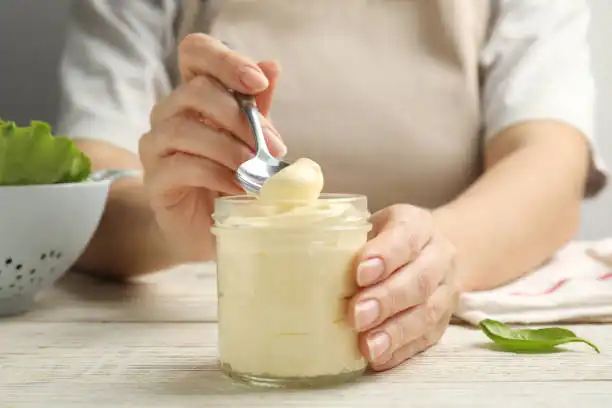
Mayonnaise is a cornerstone of any good tuna salad, but not all mayo is created equal. Low-quality mayonnaise can lack the creamy texture and rich flavor that make this condiment so essential in tuna salad recipes. For the best results, invest in a high-quality mayo like Kewpie mayonnaise, which has an umami-packed flavor that pairs beautifully with tuna. Avoid cutting corners here—it makes all the difference!
6. Pickle Relish

Pickle relish might seem like an innocent addition to tuna salad, but there’s a better alternative: fresh pickles. While relish provides some acidity, it lacks the crunch that fresh pickles bring to the table. Plus, sweet pickle relish (a common variety) is an absolute no-go in tuna salad—it adds an unwelcome sugary note that can ruin the dish. Stick with chopped dill pickles for the perfect balance of crunch and tangy flavor.
7. Olive Oil
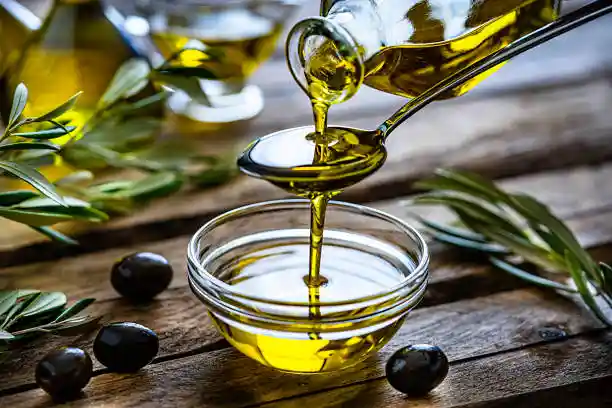
Olive oil may seem like a sophisticated choice for tuna salad, but it’s often unnecessary—especially if you’re using tuna packed in oil. While olive oil adds richness, it doesn’t contribute the creaminess or acidity that mayonnaise provides. If you’re looking for a lighter alternative to mayo, olive oil isn’t the answer. Instead, consider reducing the amount of mayo or adding a splash of lemon juice for a fresher taste.
8. Celery Salt

Why use celery salt when you can use fresh celery? While celery salt can mimic the flavor of celery, it doesn’t provide the crunch that’s so essential to a great tuna salad. Fresh celery not only adds texture but also enhances the overall flavor profile of the dish. If you must use celery salt in a pinch, make sure to add extra salt to balance things out—but fresh celery is always the better choice.
9. Greek Yogurt
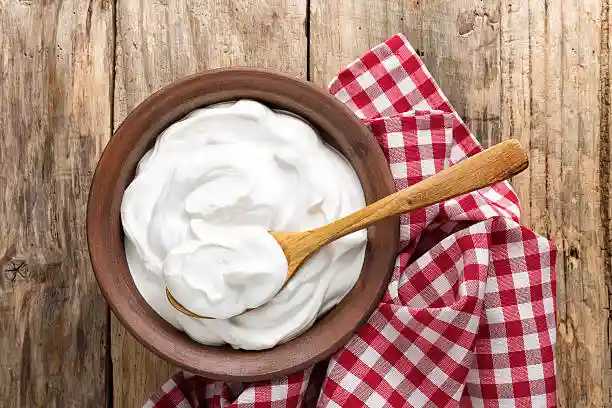
Greek yogurt is often touted as a healthier alternative to mayonnaise, but it falls short when used in tuna salad. Even full-fat Greek yogurt lacks the creamy decadence and rich flavor that mayo brings to the table. While it might work in some recipes as a substitute for mayo, it just doesn’t deliver the same results in tuna salad. If you’re watching your calorie intake, consider using less mayo rather than replacing it entirely with Greek yogurt—and definitely avoid fat-free versions!
10. Ranch Dressing

Ranch dressing might look similar to mayonnaise at first glance, but don’t be fooled—it’s not a good substitute in tuna salad. Ranch has a distinct flavor profile filled with herbs and spices that can easily overpower the delicate taste of tuna. Its thinner consistency also means it won’t bind your ingredients together as effectively as mayo does. If you’re tempted to use ranch dressing in your tuna salad, resist the urge and stick with classic mayo instead.
11. Avocado
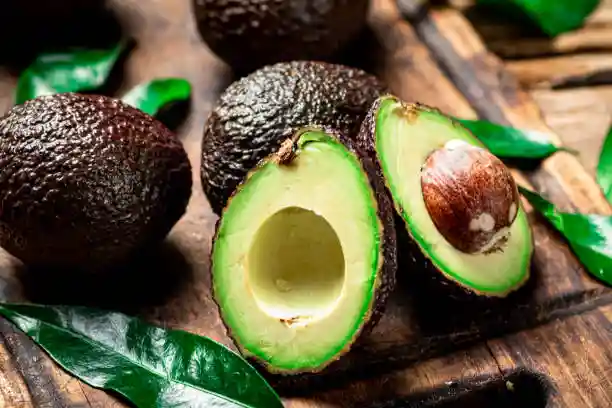
Avocado is another popular “healthy” swap for mayonnaise that just doesn’t work well in tuna salad. While avocados are creamy, they lack the acidity and richness that mayo provides. Adding chunks of avocado alongside mayonnaise can also feel redundant and unnecessary—why add extra fat when mayo already does the job perfectly? Save your avocados for guacamole or toast and let mayo take center stage in your tuna salad recipe.
FAQs About Tuna Salad Condiments
Q: Can I use yellow mustard in my tuna salad?
A: Absolutely! Yellow mustard is a great option for adding acidity and tanginess without overpowering the other flavors in your tuna salad.
Q: What’s the best type of mayonnaise to use?
A: High-quality mayonnaise like Kewpie is ideal because it offers rich creaminess and umami flavor that complement canned tuna beautifully.
Q: Are there any healthy alternatives to mayonnaise?
A: If you’re looking to cut calories, try using less mayonnaise rather than replacing it entirely with alternatives like Greek yogurt or avocado.
Q: Can I add hot sauce to my tuna salad?
A: Yes! A few dashes of hot sauce can add some heat and depth without overwhelming the dish—just be sure not to overdo it.
Q: Is it okay to experiment with different condiments?
A: Of course! While these recommendations are meant to guide you toward a classic tuna salad recipe, feel free to experiment based on your own taste preferences.
Final Thoughts
The key to making an incredible tuna salad lies in choosing ingredients that enhance rather than overpower its simple flavors. By avoiding these 11 store-bought condiments, you’ll be well on your way to creating a balanced and delicious dish every time. Stick with high-quality basics like mayonnaise, fresh vegetables, and simple seasonings for a classic tuna salad that never disappoints!
